One of these types of tubing is called seamless tubing, where extrusion or rotary piercing is used during the production process. Read More…
At Grand Steel Products, Inc., we are a leading provider of steel service center solutions, offering a comprehensive range of products and services to meet the diverse needs of our clients. With years of experience and a commitment to excellence, we have established ourselves as a trusted partner in the steel industry, delivering reliable solutions that optimize supply chain efficiency and meet...
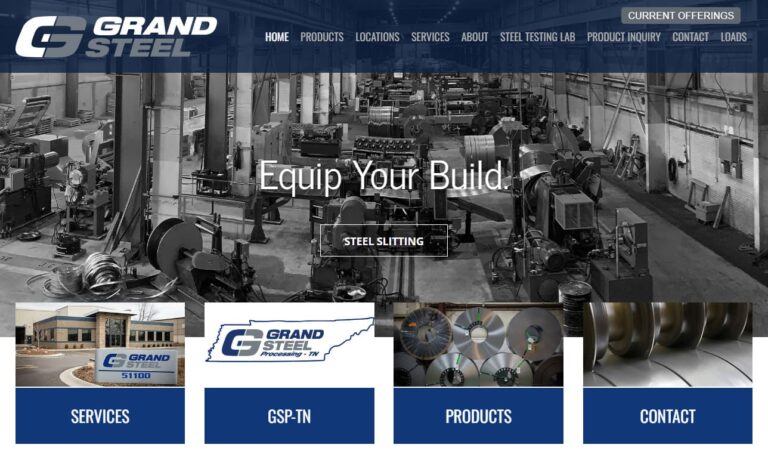
The Steel Supply Company brings you alloy, carbon and stainless steel shafting and tubing. Our steel fabrication services include hard chrome plating, induction hardening, honing, grinding, and non-standard items in order to meet your specifications. Visit our website to see our product line of both bars and tubes. We are ISO 9001:2008 certified.
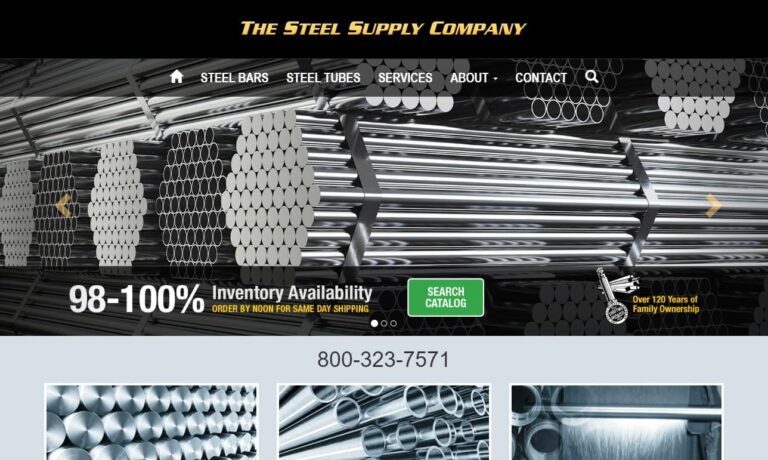
As product specialists, we can meet your stainless steel needs. We stock T304304- and T303-grade stainless steel, as well as other cold-finished carbon bars. Pennsylvania Steel provides cold finished bar, tool steel, aluminum, stainless steel, tube/pipe, hot rolled bar, sheet/plate, expanded metal & grating, copper, brass and bronze. Visit soon!
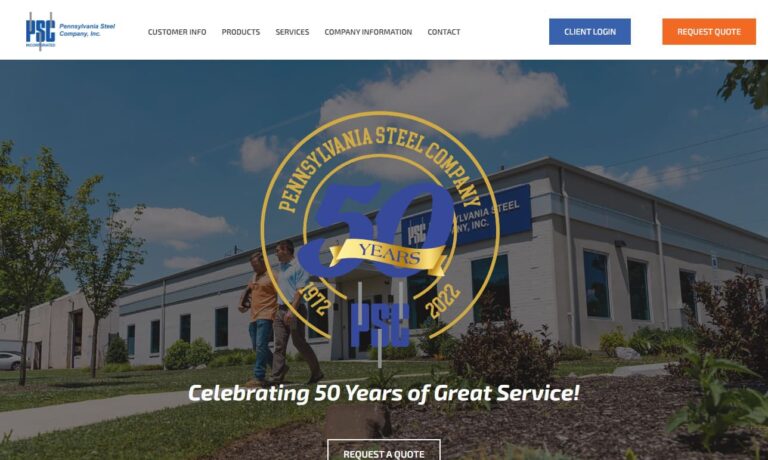
As a world-class source for steel products, King Steel Corporation supplies companies across North America with what they need to get the job done. For over 50 years, we have continued to invest a great amount of both time and capital into purchasing new equipment and streamlining our processes. We’ve worked diligently to develop and maintain a reputation in our industry that represents growth, ...
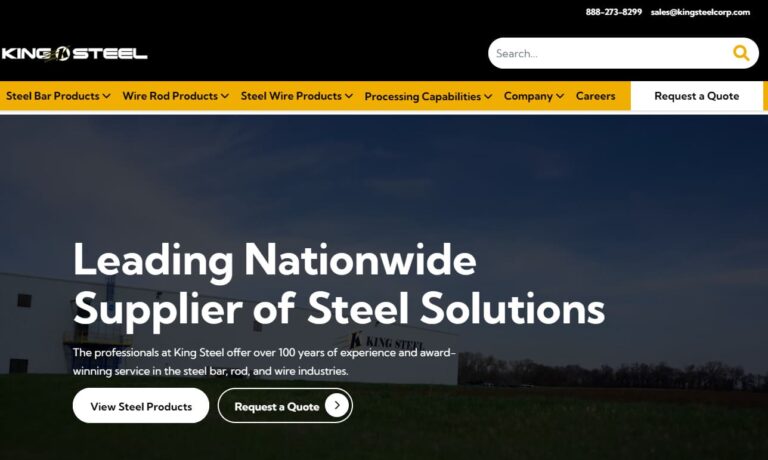
More Seamless Tubing Service Centers
A seamless pipe is created by drawing a solid billet over a piercing rod to create a hollow shell. Most seamless tubing is pulled through a die that reduces its diameter in the final stages of manufacturing. This yields a strong product, and without any welding lines you are left with a tube that is less susceptible to corrosion and has no weak points in its structure.
To control the wall thickness, a plug is inserted into the tube while it is being drawn. This plug moves through the tube as pressure is applied, keeping the wall thickness even throughout the tube.
Seamless tubes are used in almost every industry, from construction to agriculture to healthcare. Many hand rails and guardrails are simply pieces of seamless tubing. A seamless tube is light and rigid so that it can easily be cut and installed in a wide variety of applications.
Steel is often used to create seamless tubes, but they are also made out of ceramic, fiberglass, other metals and even concrete or plastic. Obviously plastic is the most malleable of the materials, and this is most commonly used for applications where some flexibility in the tube is required.
Seamless tubes can be bent during manufacturing to create 90 degree angles if they are being fitted to a particular product. Plastic seamless tubing is becoming much more popular because it is light weight, chemical free and non-corrosive. It can easily be cut and connected for a wide variety of uses.
Tube sizes are measured based on the diameter on the outside of the tube. As pipes have improved, the walls have become thinner while still remaining strong, creating a larger internal diameter which allows for more flow. The primary advantage of using a seamless tube is that it is able to withstand a much greater amount of pressure because of the equal strength around the circumference. The seam in a traditional welded tube makes it much more vulnerable to bursting when high pressure volumes pass through it.


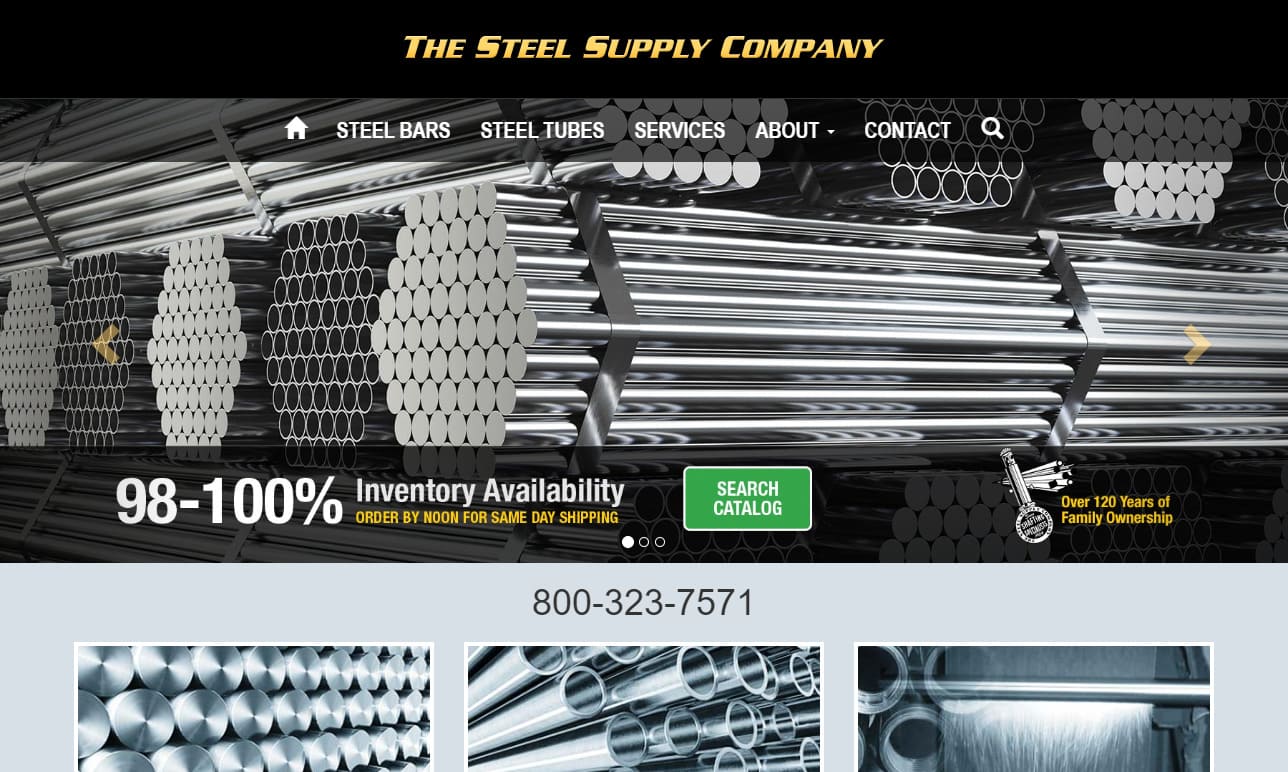
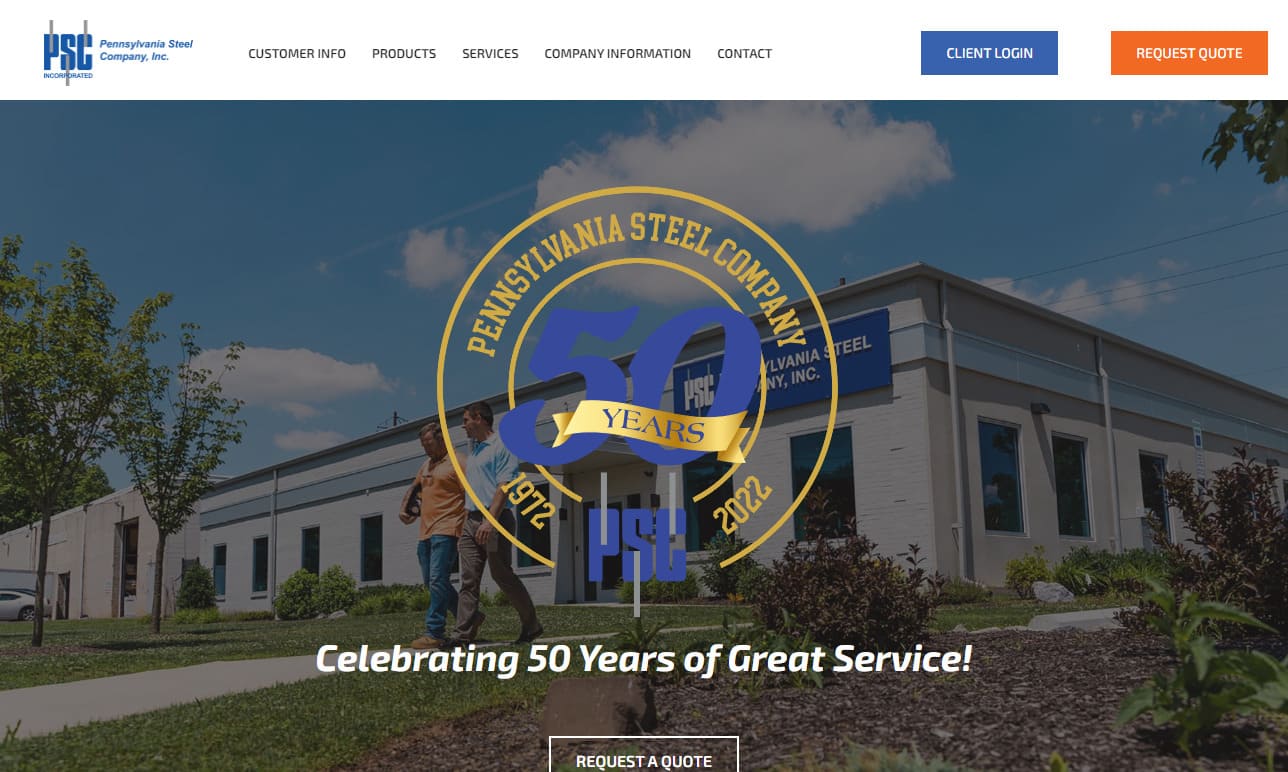
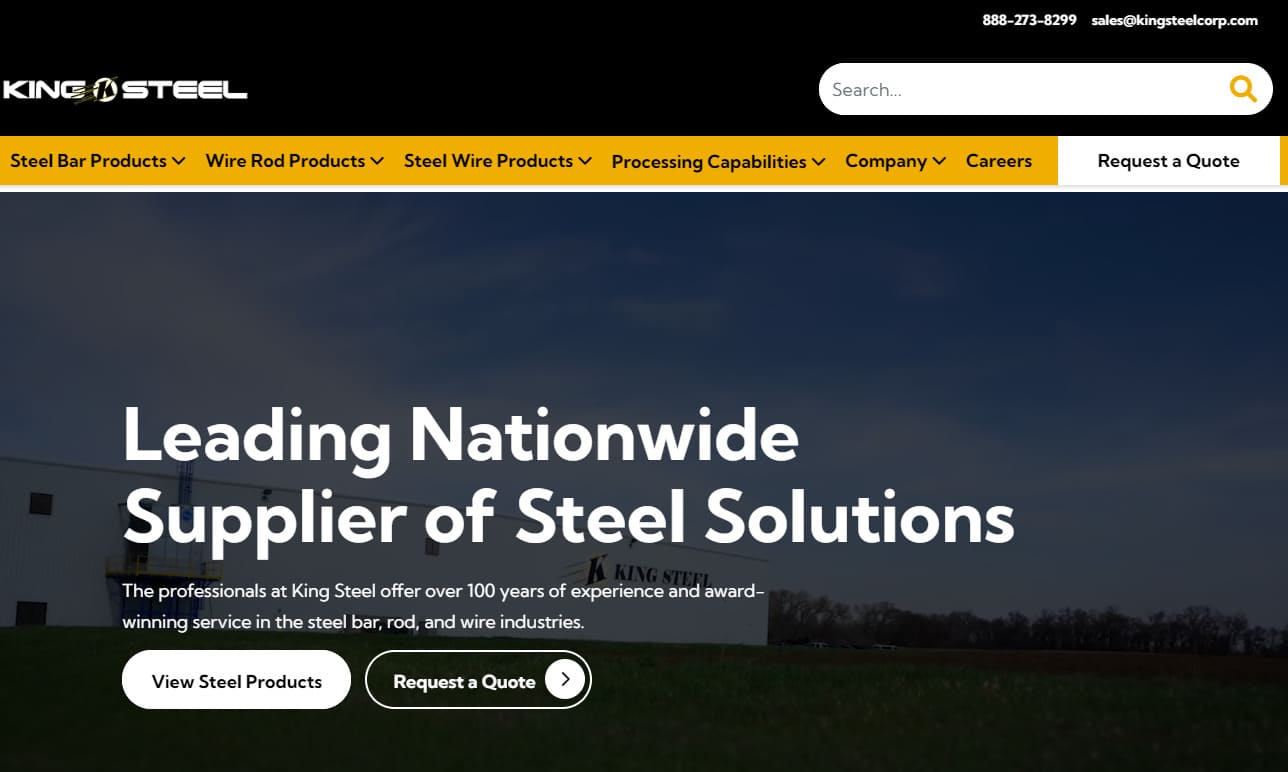

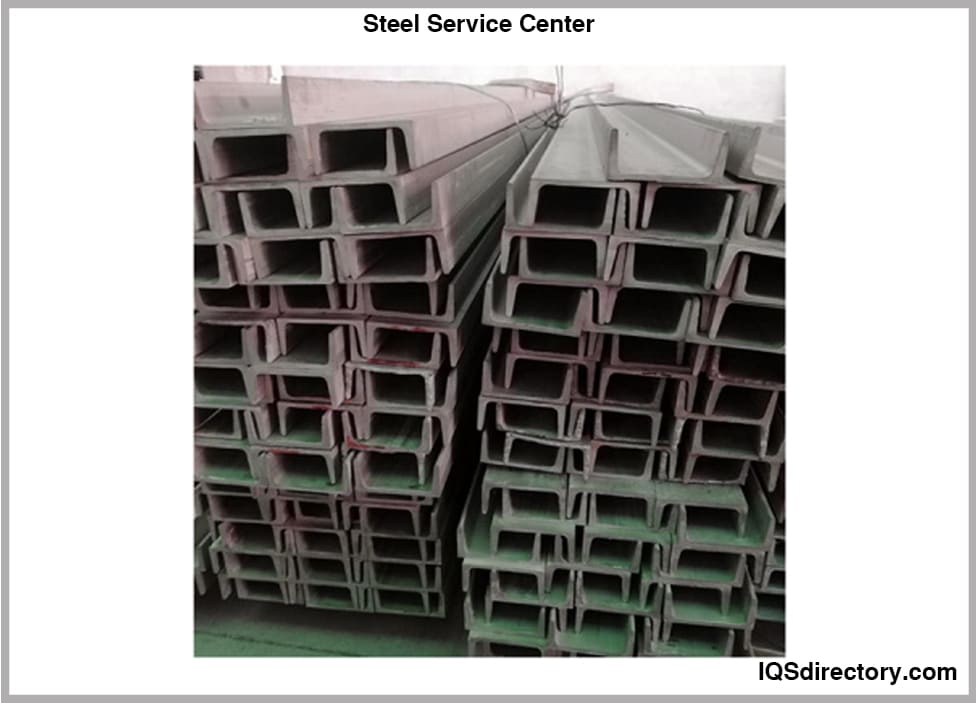
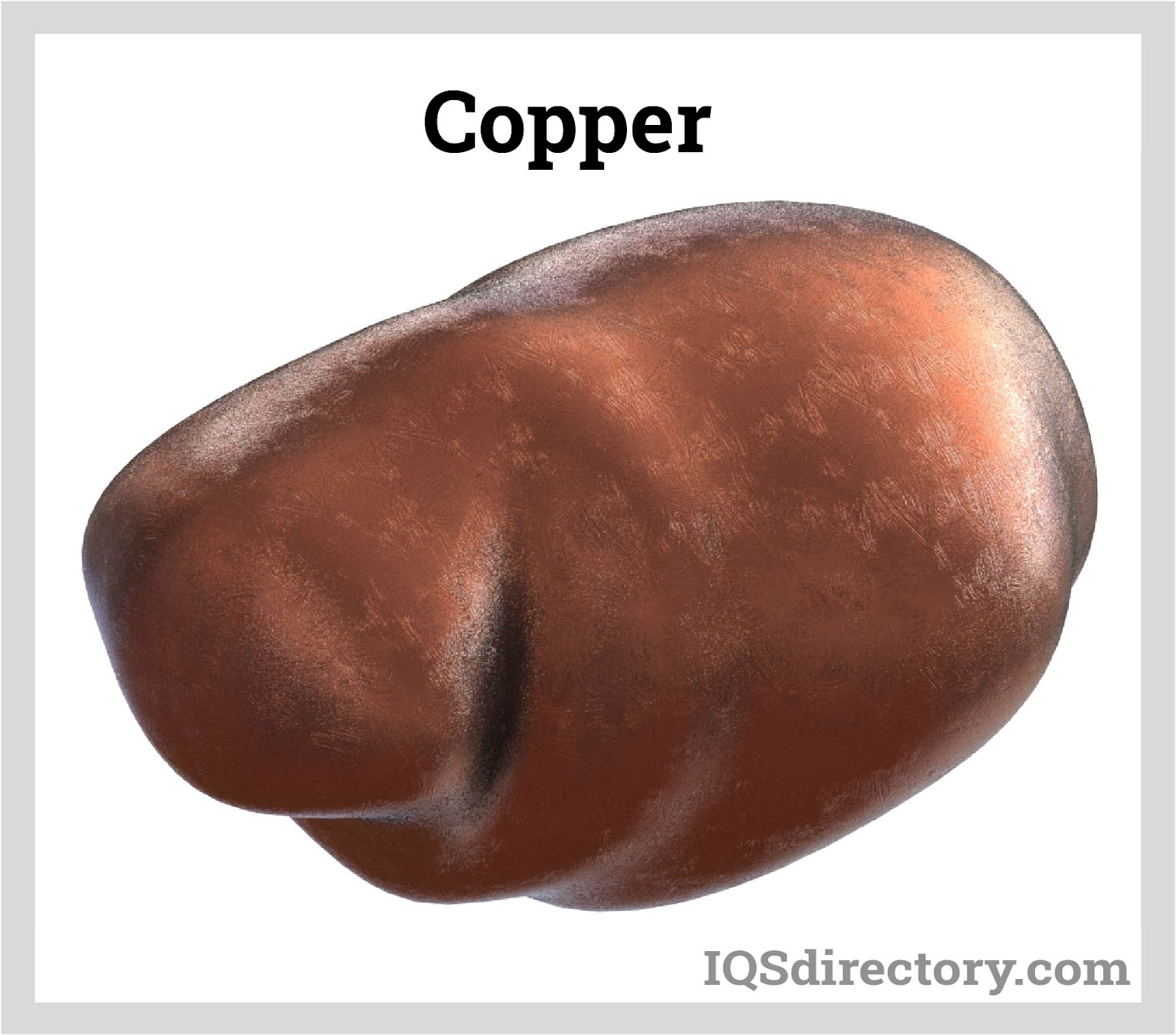
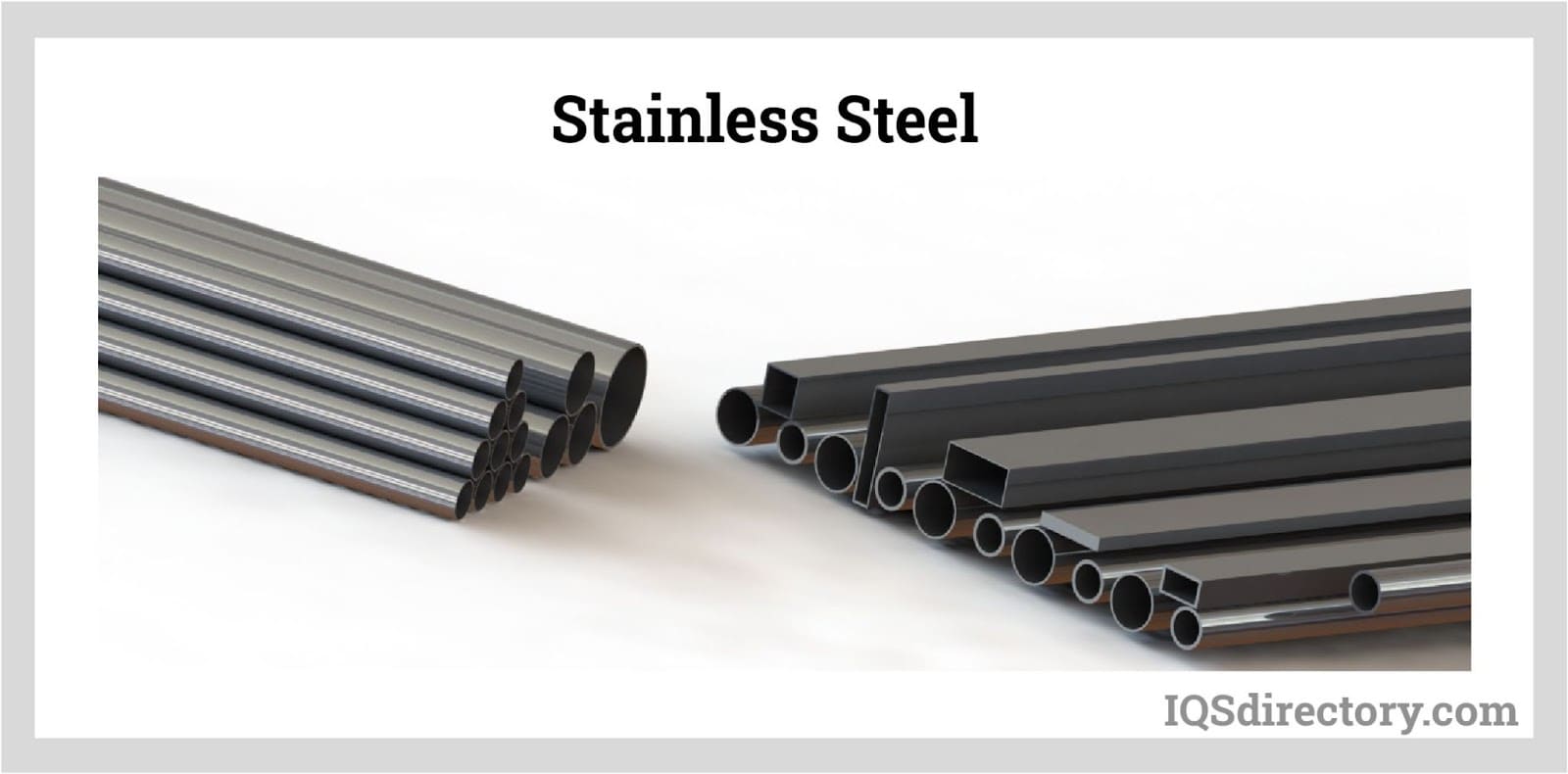
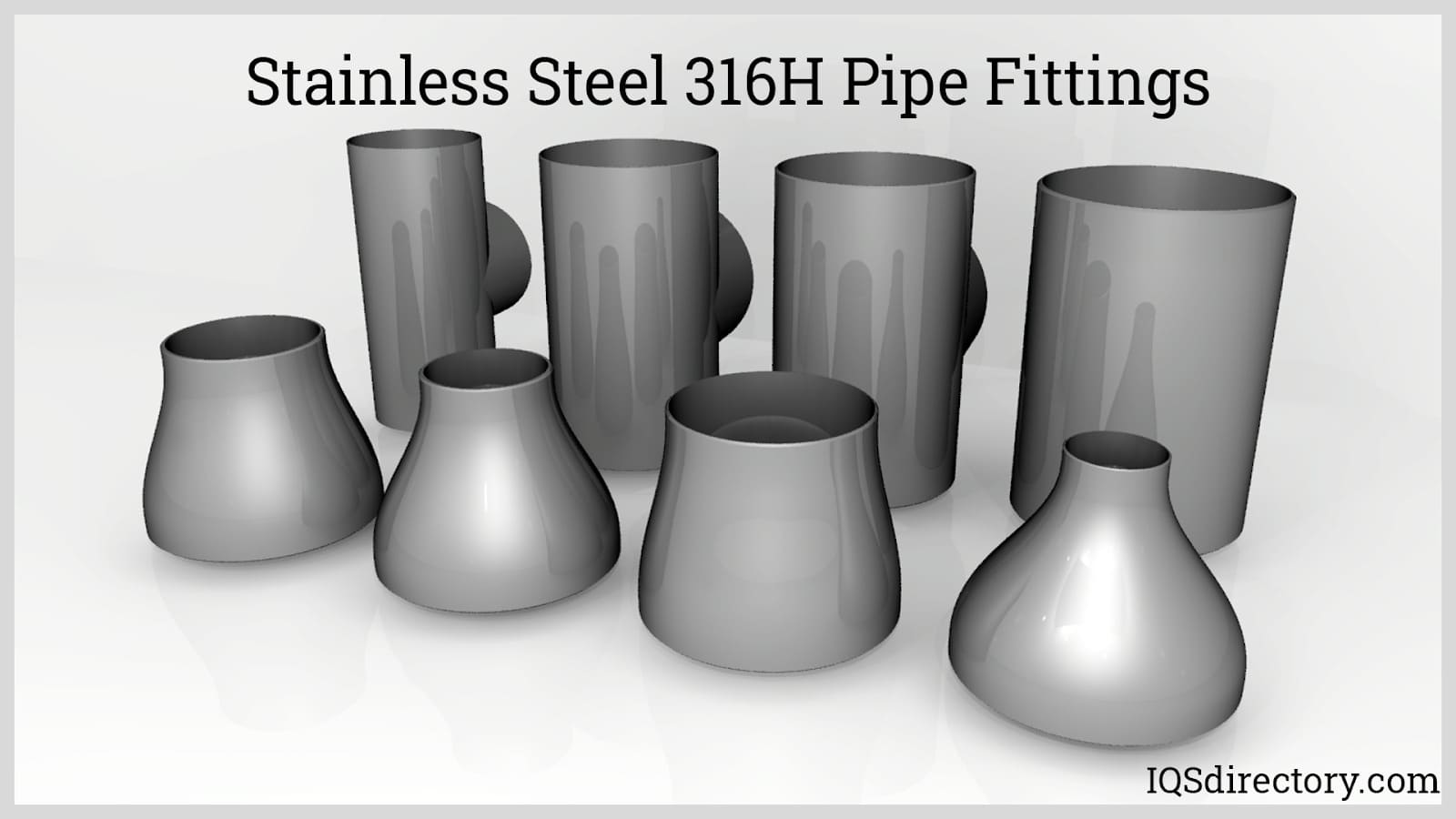

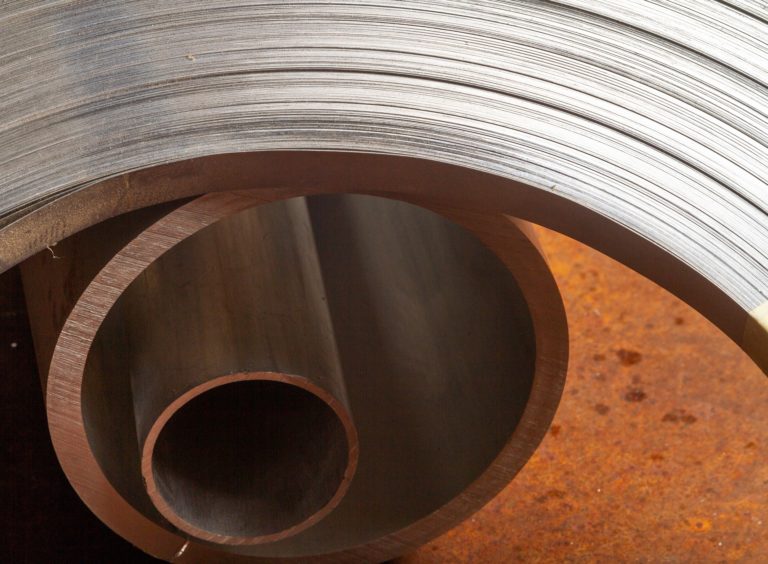 Alloy Suppliers
Alloy Suppliers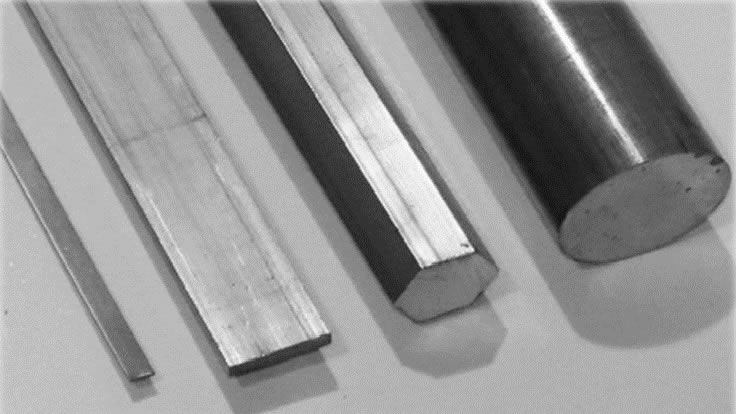 Aluminum
Aluminum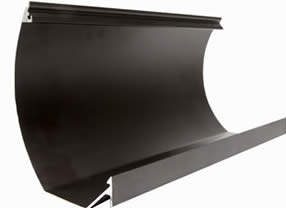 Aluminum Extrusions
Aluminum Extrusions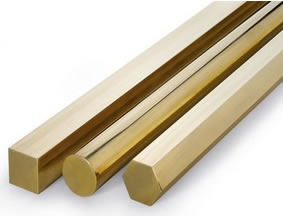 Copper-Brass-Bronze
Copper-Brass-Bronze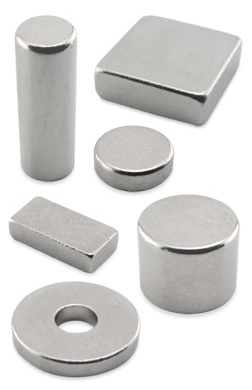 Magnets
Magnets Nickel
Nickel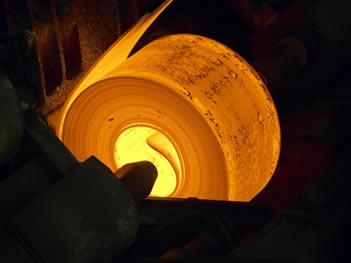 Stainless Steel
Stainless Steel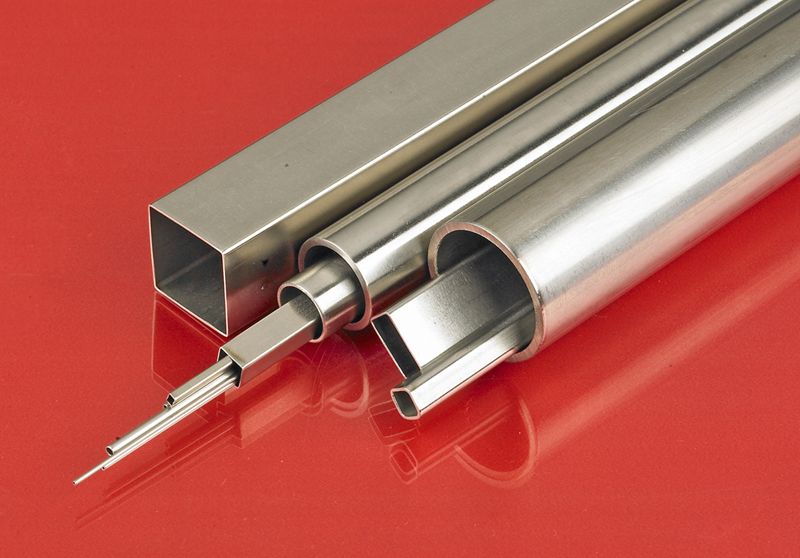 Stainless Steel Tubing
Stainless Steel Tubing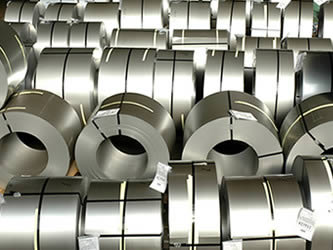 Steel Service Centers
Steel Service Centers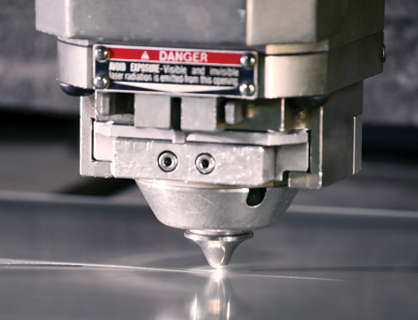 Titanium
Titanium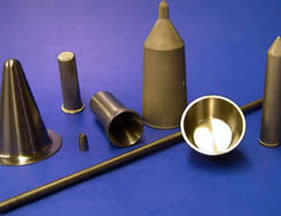 Tungsten
Tungsten Wire Rope
Wire Rope Castings & Forgings
Castings & Forgings Bulk Material Handling
Bulk Material Handling Electrical & Electronic Components
Electrical & Electronic Components Flow Instrumentation
Flow Instrumentation Hardware
Hardware Material Handling Equipment
Material Handling Equipment Metal Cutting Services
Metal Cutting Services Metal Forming Services
Metal Forming Services Metal Suppliers
Metal Suppliers Motion Control Products
Motion Control Products Plant & Facility Equipment
Plant & Facility Equipment Plant & Facility Supplies
Plant & Facility Supplies Plastic Molding Processes
Plastic Molding Processes Pumps & Valves
Pumps & Valves Recycling Equipment
Recycling Equipment Rubber Products & Services
Rubber Products & Services